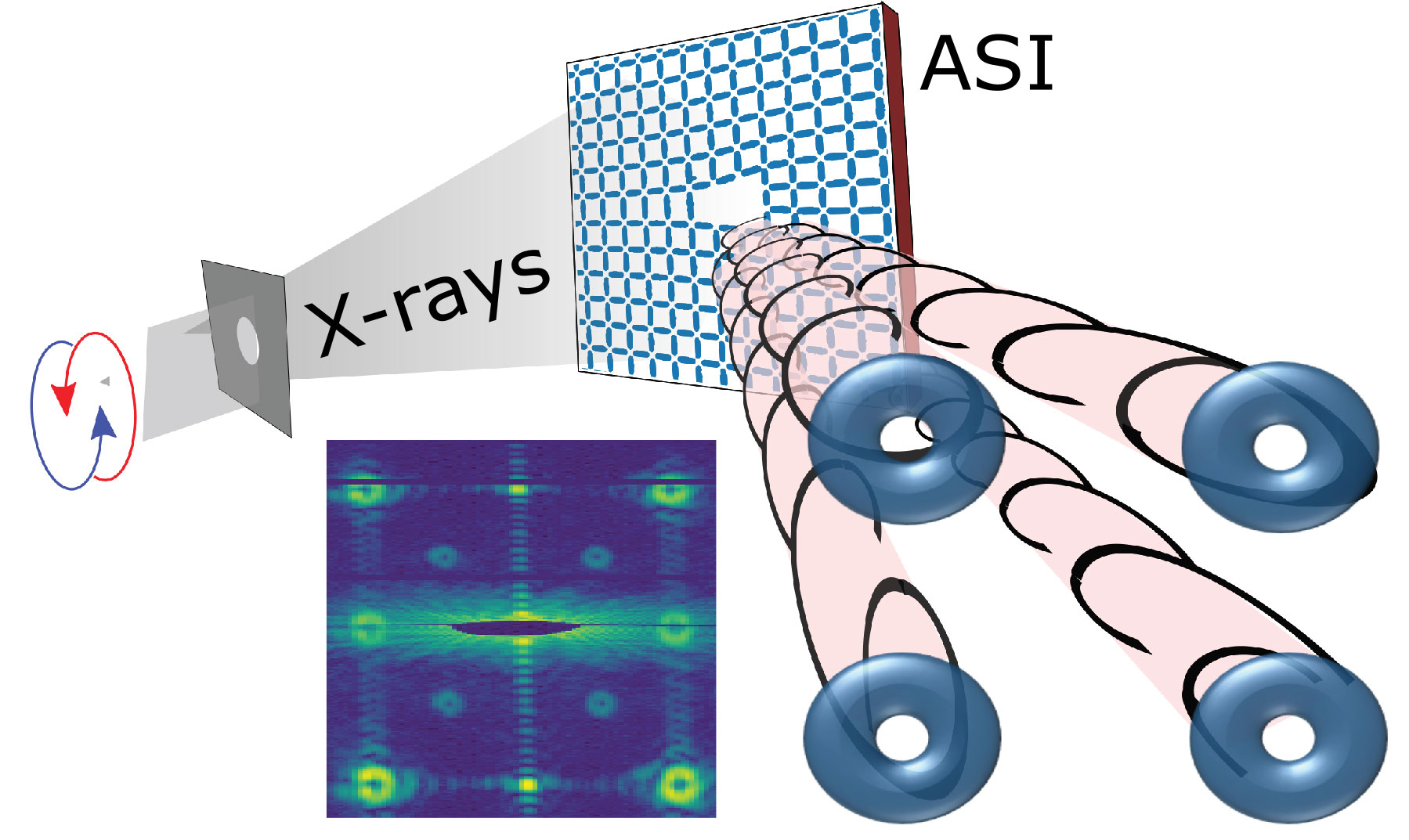
Scientists Twist X-Rays with Artificial Spin Crystals
Patterned arrays of nanomagnets produce X-ray beams with a switchable rotating wavefront twist.

Patterned arrays of nanomagnets produce X-ray beams with a switchable rotating wavefront twist.
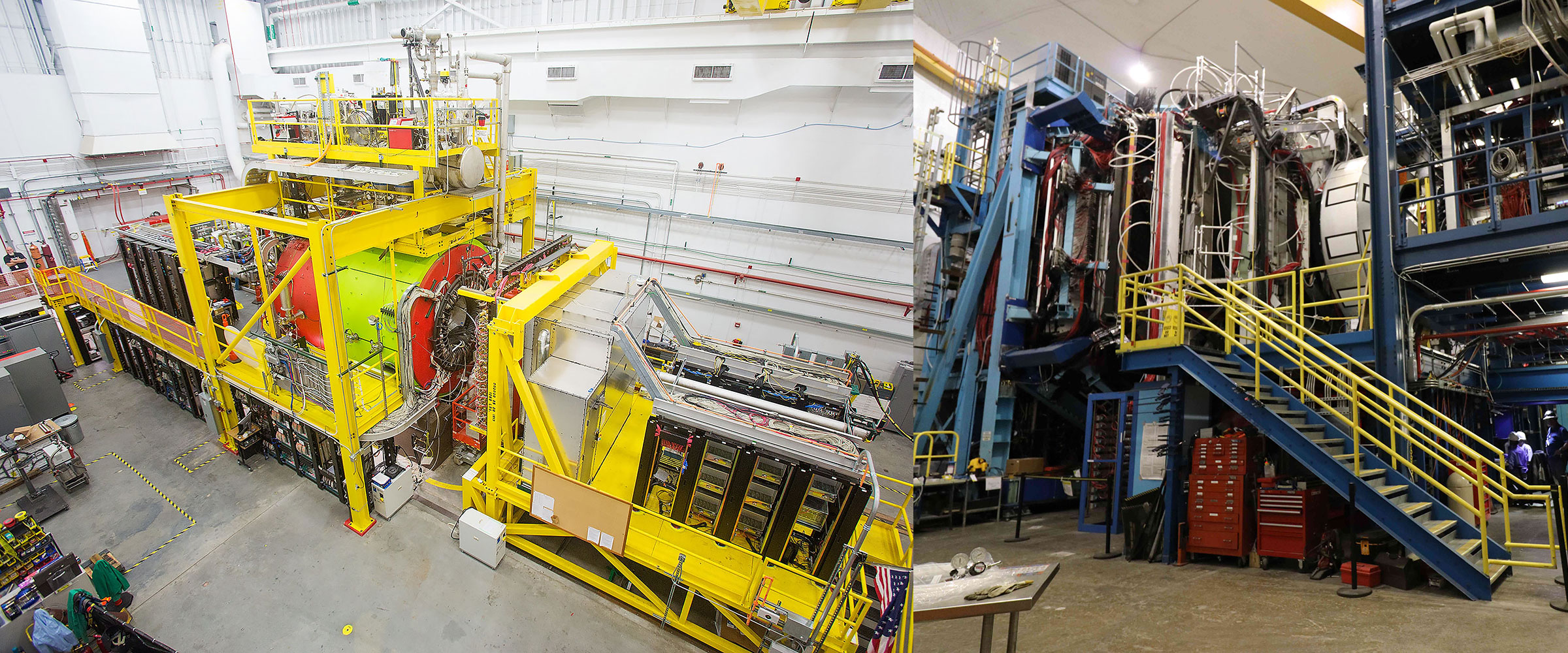
Nuclear physicists test whether next generation artificial intelligence and machine learning tools can process experimental data in real time.

Particles choose partners for short-range correlations differently when farther apart in light nuclei versus when packed closer together in heavy nuclei.

As machine learning tools gain momentum, a review of machine learning projects reveals these tools are already in use throughout nuclear physics.
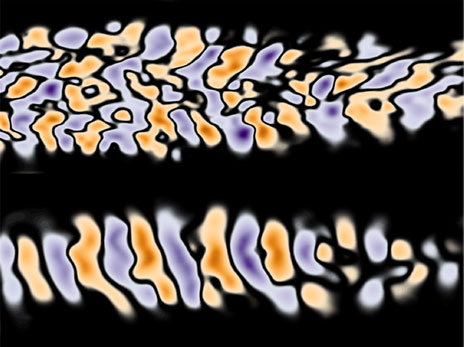
A novel experiment sheds new light on a possible mechanism that may seed magnetic fields for the galactic dynamo.

Even microbes that can’t break down a plentiful food source can still be successful by interacting with fellow community members.

Scientists used tokamak plasmas to study how heat shield materials protect spacecraft in the extreme conditions of atmospheric entry.
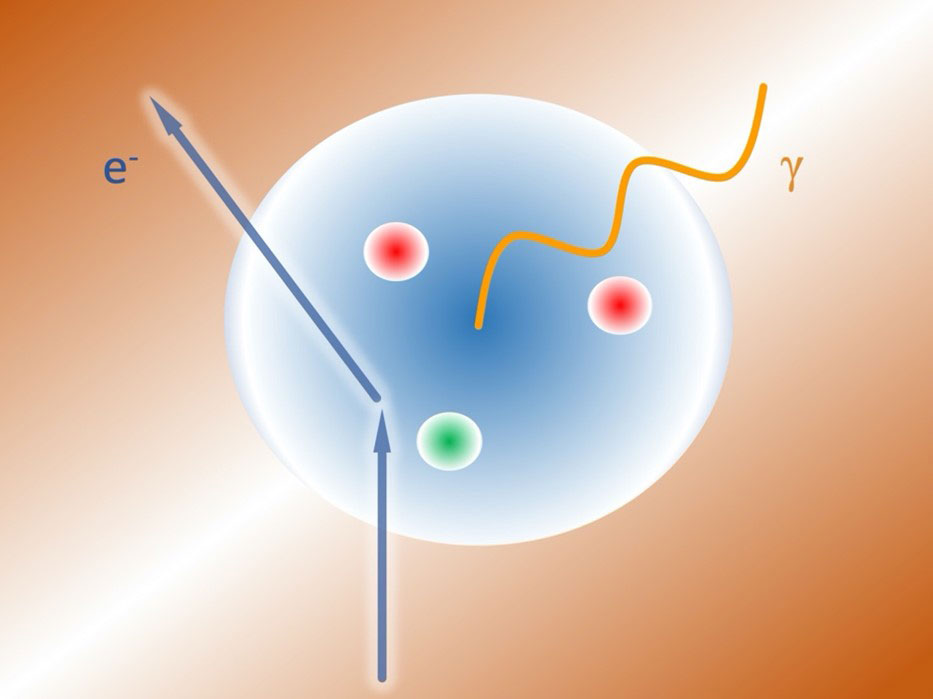
New measurements show the proton’s electromagnetic structure deviates from theoretical predictions.
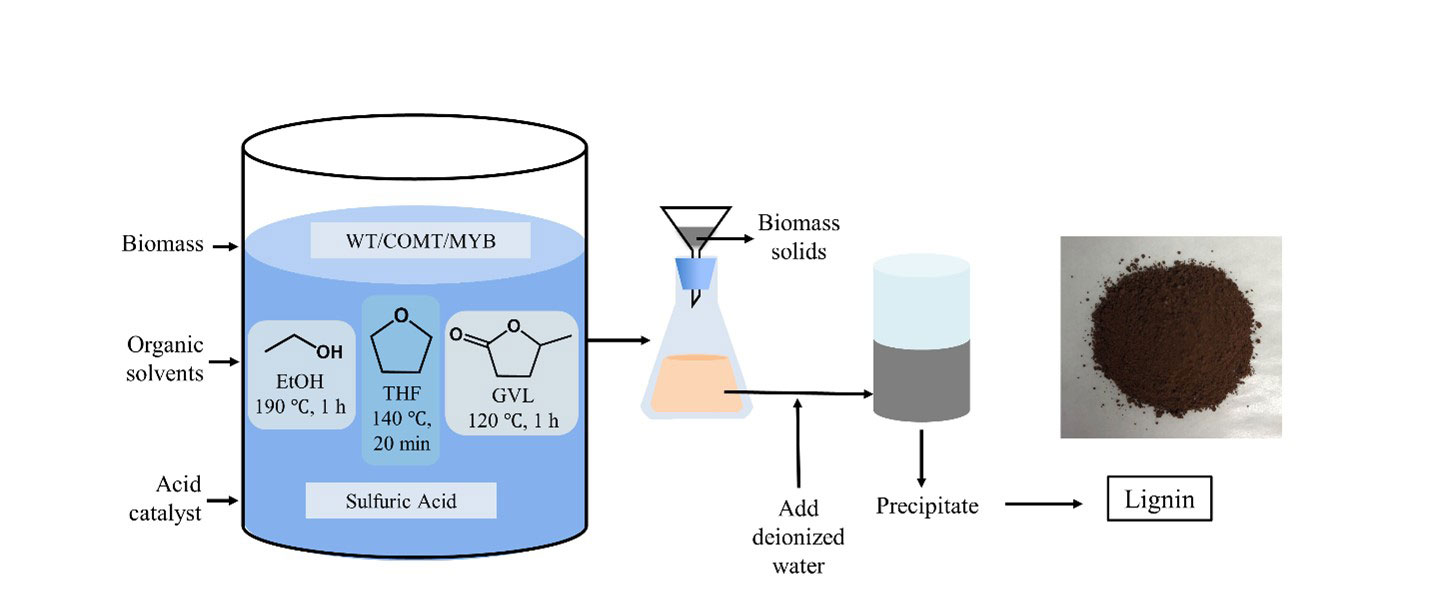
Three common solvents for pretreating switchgrass yield lignin extracts with the potential for making different valuable bioproducts.
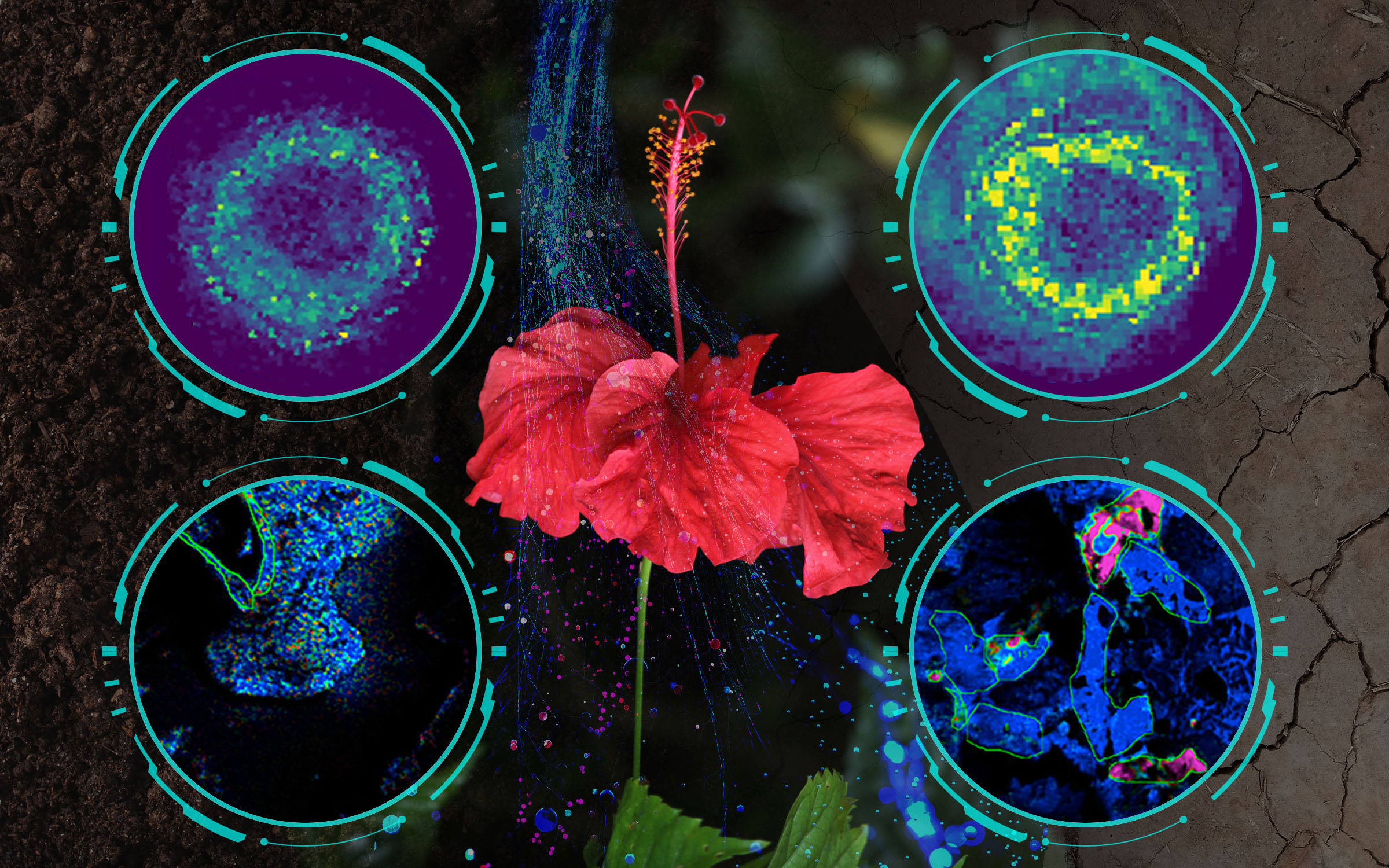
Using a novel combination of advanced research techniques, scientists show how the roots of various tropical plants react to harsh conditions.
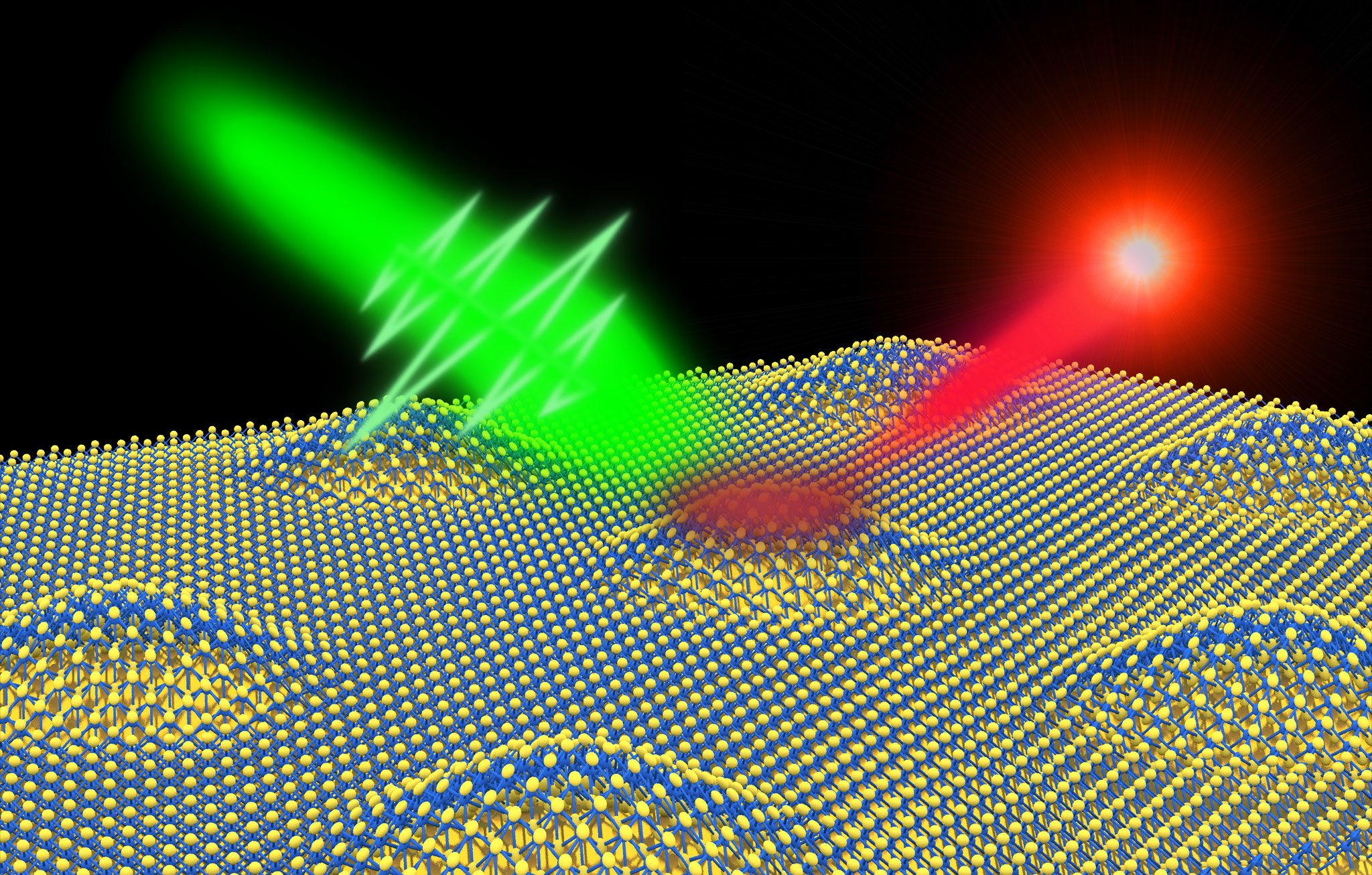
Researchers develop the first 2D telecommunication-compatible quantum light source, smoothing the path toward a quantum internet.
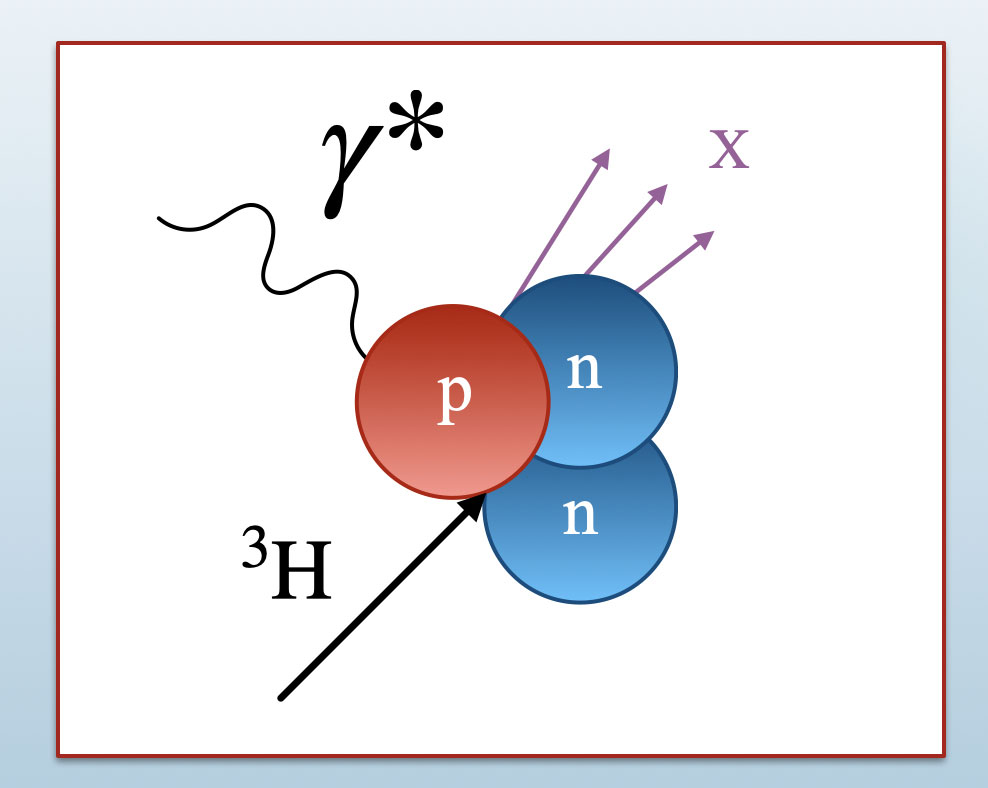
Nuclear physicists find that the internal structures of protons and neutrons may be altered in different ways inside nuclei.